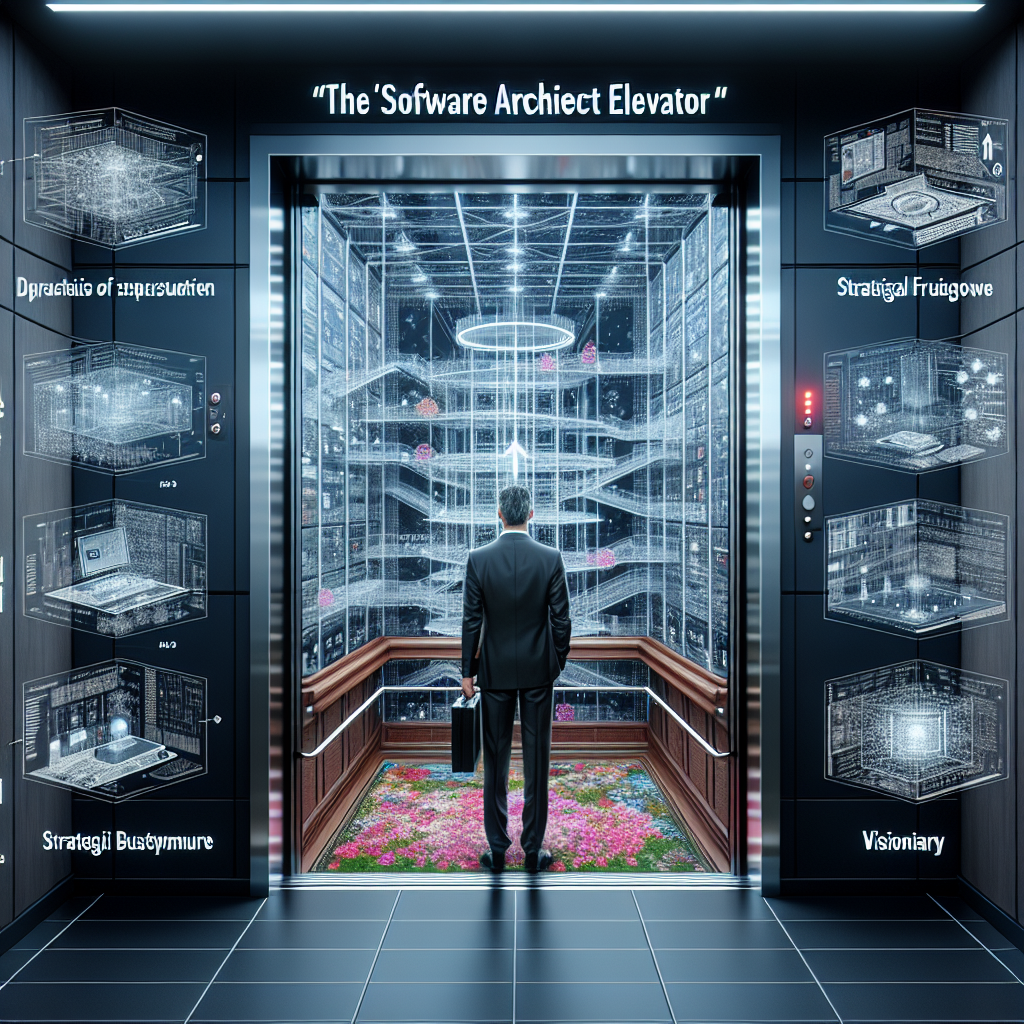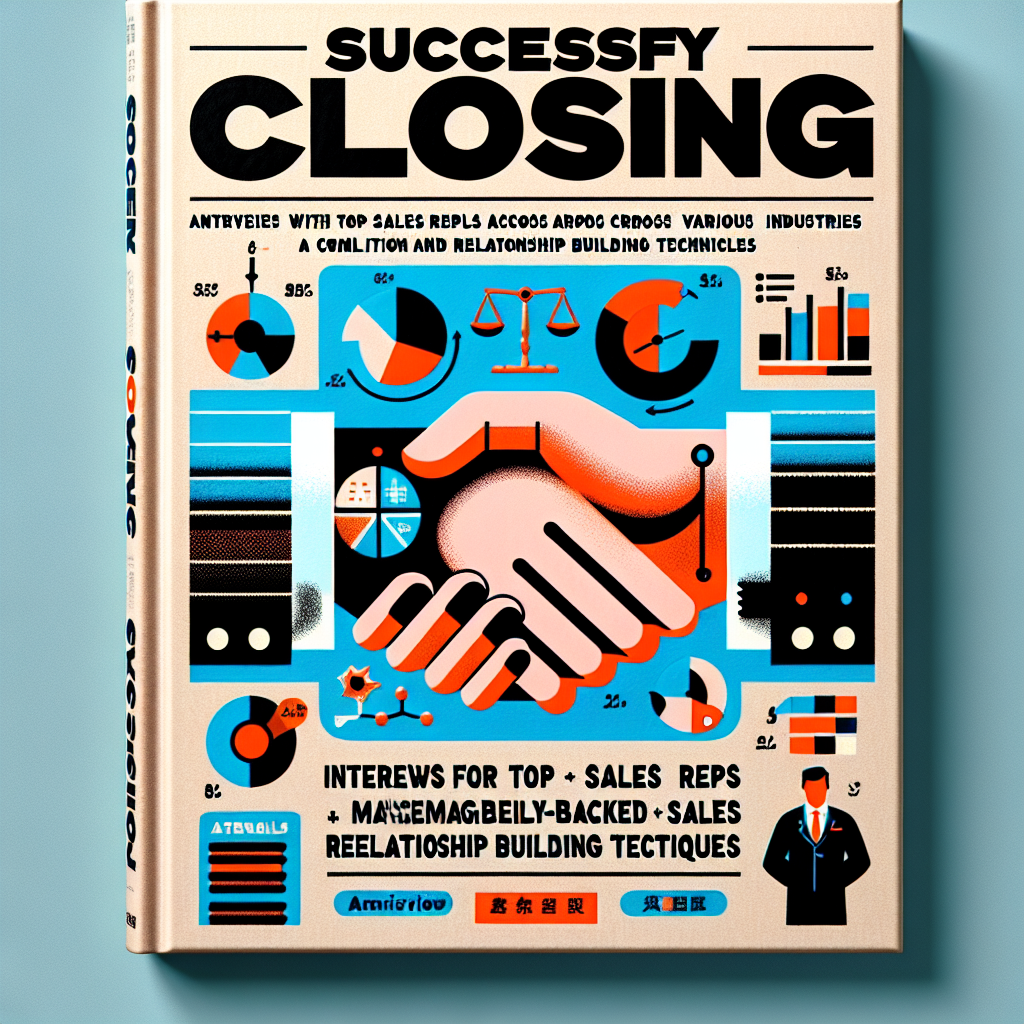The Entrepreneurial Spirit - A Journey of Innovation, Mission, and Leadership

Entrepreneurship is not just about building businesses; it's about driving meaningful change, both for employees and the world at large. Successful entrepreneurs often carry a mission, an ideal that guides them through the complex and demanding landscape of business development. A clear mission and strong sense of purpose can inspire and sustain an entrepreneur through the toughest challenges. The goal is often to make a lasting impact, creating businesses that make life easier and more connected.
Global Perspective with Local Roots
Entrepreneurial journeys often begin with a unique vision, combining local wisdom, operational best practices from different regions, and targeting a global market. Companies may be born in one place, but they often have aspirations that go far beyond their borders. In a globalized world, businesses do not belong to any single country. Instead, they are driven by a collective of stakeholders and ideas from around the world.
Thinking Ahead: The Long-Term Vision
A key trait of successful entrepreneurs is their ability to think ahead—sometimes even ten years into the future. As companies grow larger, the responsibilities on leaders become heavier, and loneliness becomes more prevalent. This responsibility, however, presents an opportunity to do something meaningful in the current era.
In the marketplace, applause doesn't matter, results do. Running a business is challenging anywhere, but in rapidly changing environments, it can feel like a marathon in difficult terrain. There are many obstacles, but those same barriers can become opportunities. A great entrepreneur listens carefully but remains firm in their vision.
The Power of Action: Bridging Knowledge and Execution
One of the most significant challenges in entrepreneurship is combining knowledge with execution. Knowing what to do is easy, and doing it is straightforward, but combining the two is incredibly difficult. Entrepreneurs must not only understand science and rules but also have the courage to explore and discover new paths.
Entrepreneurs are both scientists and artists in society's development. They must continuously learn, reflect, adapt, and persist. While it is easy to gain knowledge, taking action and aligning those two forces is where real difficulty lies. However, this is what makes entrepreneurship rewarding.
The New Economy: Centering on Others
In the past, businesses were centered on themselves. However, in the new internet-driven economy, the focus has shifted to others—customers and employees. Employees, especially, must be empowered to become stronger than the entrepreneur because they are the source of future innovation.
The Spirit of Sharing in the Internet Economy
The internet economy thrives on openness, transparency, sharing, and responsibility. In the past, economic models thrived on keeping information to oneself, but future success belongs to those who understand the power of sharing.
Building Strong Organizations and Cultures
For a company to survive and thrive in the long term, it needs strong organizations and an even stronger culture. A robust organizational culture can attract talented individuals and foster growth. Strong culture, strong company—this is the foundation for high-quality products and services.
A company with high-quality products is built by employees who themselves possess qualities of excellence. Never hesitate to invest in your people. While banks may readily loan money for equipment, they rarely offer loans for employee development. Yet, investing in people is the key to long-term success.
Optimism: The Entrepreneur’s Secret to Success
Success is rooted in optimism. Entrepreneurs, politicians, and artists who achieve greatness all share this trait. Pessimism is a recipe for failure.
To succeed, an entrepreneur must possess four key attributes: 1. The ability to learn. 2. The ability to reflect. 3. The ability to change. 4. Persistence.
While success stories abound, most so-called successful individuals don't see themselves as having "made it." Instead, they remain cautious and ever-prepared for the challenges ahead, much like climbers scaling Mount Everest, knowing they can only stay at the peak for a brief moment before making the descent.
Continuous Learning and Adaptation
True success comes from loving your industry, your business model, and your products. This passion fuels a continuous desire to learn, to keep an open mind, and to embrace change. Reflecting on oneself, rather than others, is essential. Change must begin with the entrepreneur before it can spread throughout the organization.
With enough time, persistence, and willingness to adapt, success will follow.
Conclusion
Entrepreneurship is more than just building a company—it's about leading with a vision, empowering others, and embracing continuous learning. The path is fraught with challenges, but for those who persist, the rewards are vast. As entrepreneurs, we must not only think about today but also imagine and prepare for what lies ten years ahead. Through optimism, reflection, and relentless action, we can shape the future.
 "大家好!歡迎返嚟我哋嘅頻道。今日,我好開心可以深入探討吓格雷戈·霍普嗰本變革性書《軟體架構師電梯:重新定義數位企業中嘅架構師角色》入面嘅啲關鍵見解。隨住我哋喺數位時代入面探索,霍普嘅指引為現代企業入面嘅軟體架構師角色提供咗好多重要嘅知識。”
"大家好!歡迎返嚟我哋嘅頻道。今日,我好開心可以深入探討吓格雷戈·霍普嗰本變革性書《軟體架構師電梯:重新定義數位企業中嘅架構師角色》入面嘅啲關鍵見解。隨住我哋喺數位時代入面探索,霍普嘅指引為現代企業入面嘅軟體架構師角色提供咗好多重要嘅知識。”
 嘿,大家好!歡迎返嚟我哋嘅頻道!如果你係新嚟嘅,記住撳嗰個訂閱掣同通知鐘鐘,咁你就唔會錯過我哋以後分享嘅銷售、商業策略同埋職涯成長嘅見解。
嘿,大家好!歡迎返嚟我哋嘅頻道!如果你係新嚟嘅,記住撳嗰個訂閱掣同通知鐘鐘,咁你就唔會錯過我哋以後分享嘅銷售、商業策略同埋職涯成長嘅見解。 Hello 大家好!歡迎返嚟我哋嘅頻道,我哋會喺度探索實現目標同過最好生活嘅最佳提示同策略!今日,我哋會深入探討一個真係可以改變你未來嘅話題——財務安全。靈感係嚟自 Scott Galloway 嘅智慧書《財富的代數:財務安全嘅簡單公式》,我哋會拆解一個實用嘅框架,幫你邁向經濟穩定同成功。
Hello 大家好!歡迎返嚟我哋嘅頻道,我哋會喺度探索實現目標同過最好生活嘅最佳提示同策略!今日,我哋會深入探討一個真係可以改變你未來嘅話題——財務安全。靈感係嚟自 Scott Galloway 嘅智慧書《財富的代數:財務安全嘅簡單公式》,我哋會拆解一個實用嘅框架,幫你邁向經濟穩定同成功。 歡迎返嚟我哋嘅頻道!今日,想同大家講吓其中一個最強大嘅數據平台——Elastic Stack 8.0 呀。我哋嘅靈感係嚟自 Asjad Athick 寫嘅《Getting Started with Elastic Stack 8.0: Run powerful and scalable data platforms to search, observe, and secure your organization》。
歡迎返嚟我哋嘅頻道!今日,想同大家講吓其中一個最強大嘅數據平台——Elastic Stack 8.0 呀。我哋嘅靈感係嚟自 Asjad Athick 寫嘅《Getting Started with Elastic Stack 8.0: Run powerful and scalable data platforms to search, observe, and secure your organization》。
 大家好!歡迎返嚟我哋頻道。今日,我哋會深入探討一本你可能見過最全面嘅搜索技術指南——Madhusudhan Konda 嘅《Elasticsearch in Action》。呢本書唔單止係另一本技術手冊;佢係你掌握用 Elasticsearch 同 Kibana 開發可擴展同高效搜索應用嘅大門。
大家好!歡迎返嚟我哋頻道。今日,我哋會深入探討一本你可能見過最全面嘅搜索技術指南——Madhusudhan Konda 嘅《Elasticsearch in Action》。呢本書唔單止係另一本技術手冊;佢係你掌握用 Elasticsearch 同 Kibana 開發可擴展同高效搜索應用嘅大門。